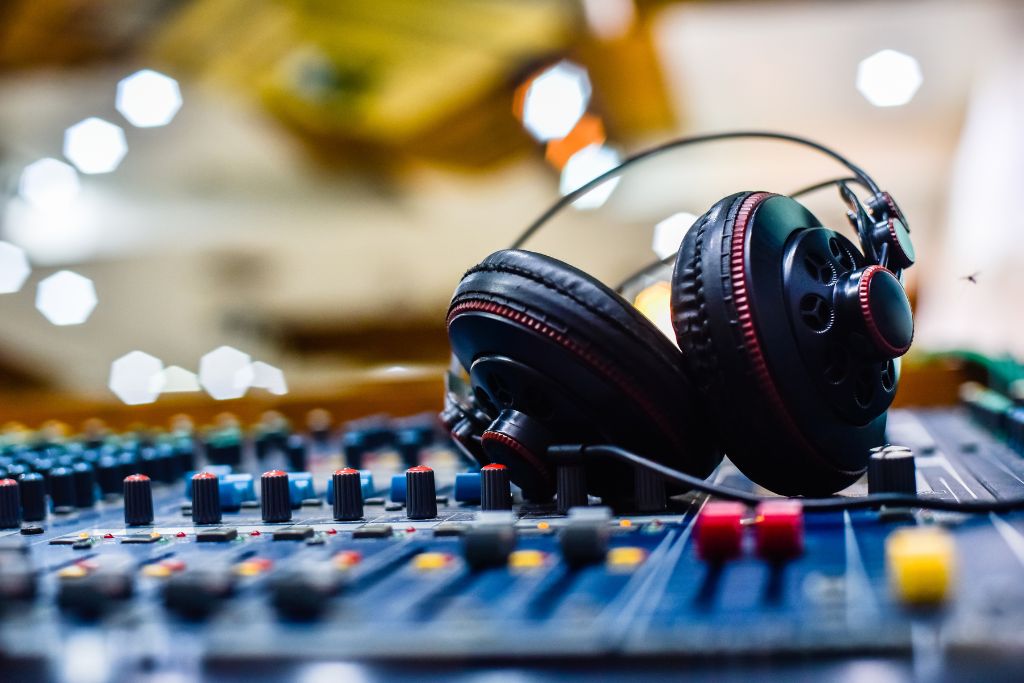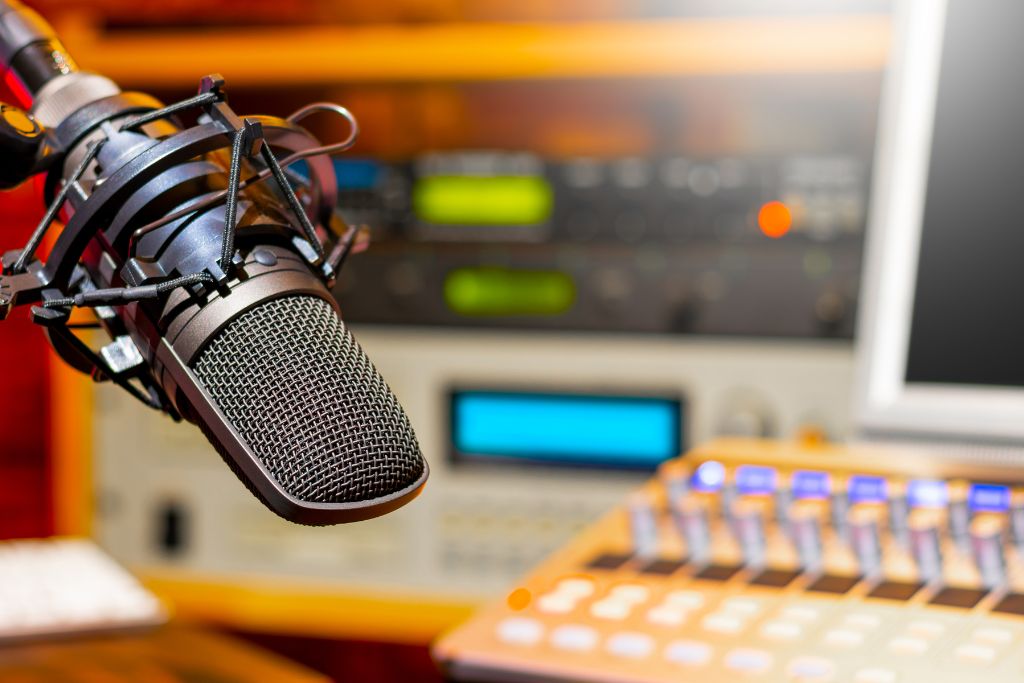Radio music has been a staple of the entertainment industry for decades, providing listeners with an endless stream of hit songs and chart-topping artists. But as technology continues to evolve and audiences demand more diverse content, we’ve seen a rise in independent artists taking over the airwaves. These up-and-coming musicians are changing the game with their unique sounds and DIY approaches to producing music. In this article, we’ll take a closer look at how radio is adapting to these changes and explore what it means for both established acts and emerging talent alike. So sit back, turn up the volume, and let’s dive into the world of radio music and indie artists!
The state of the radio industry
The state of the radio industry has undergone significant changes over the past few decades. With the rise of digital streaming services and social media platforms, traditional radio stations have had to adapt quickly to keep up with changing listener habits.
While some may argue that radio is a dying medium, it’s clear that there are still plenty of people tuning in every day. According to Nielsen data from 2020, AM/FM radio reaches an impressive 92% of Americans each week.

However, despite these high numbers, many major commercial stations are struggling to retain listenership as more niche genres and independent artists gain popularity. In response, we’ve seen a shift towards more specialized programming and localized content as stations try to appeal to specific demographics.
While the future of traditional radio may be uncertain, it’s clear that there is still a demand for quality music programming – whether through terrestrial broadcasting or online channels. As such, it will be interesting to see how this landscape continues to evolve in the years ahead.
The rise of independent artists
The music industry has undergone significant changes over the past few years, with independent artists now having more opportunities to shine. In the past, radio airplay was a crucial factor in determining an artist’s success. However, major labels and popular acts dominated the airwaves.
But things are different today. With digital streaming platforms like Spotify and Apple Music becoming mainstream, independent artists can distribute their music directly to fans without relying on traditional record labels.

Social media also plays a vital role in the rise of indie artists. Sites like YouTube and Instagram offer a way for musicians to promote their work and connect with fans worldwide. This increased visibility means that talented independent artists who may have gone unnoticed before now have a chance to be recognized.
All these factors combined paint an exciting future for independent musicians looking for recognition outside of traditional channels while giving audiences fresh new experiences in sound exploration when listening to radio stations or online streaming services alike!
How Radio is Changing the music landscape
Radio has been a significant part of the music industry for decades, but its role in shaping the music landscape has evolved over time. In recent years, radio stations have begun to embrace independent artists and showcase their talents to audiences worldwide. This shift is changing how we discover new music and impacting the careers of emerging talent.
One way that radio is changing the music landscape is by providing exposure to indie artists who might not otherwise have access to mainstream platforms. Many radio stations are now promoting local and regional acts, giving them a chance to reach wider audiences beyond their communities.

Another trend in modern-day radio is more focused on genre-specific shows rather than general programming. Many DJs are creating playlists featuring niche or underrepresented genres like Latinx beats or LGBTQ+ anthems, which cater to specific listeners’ tastes.
The Future of Radio and independent music
As the music industry continues to evolve, there is no doubt that radio will continue to play a significant role in the promotion of independent artists. With advancements in technology and changes in consumer behavior, however, the future of radio and independent music is likely to look very different from what we see today.
One trend that is expected to shape the future of radio is the shift toward personalized content. As streaming services like Spotify and Pandora allow listeners to create custom playlists based on their individual tastes, traditional radio stations will need to find ways to compete by offering more tailored programming.

Another important development is the increased use of social media as a tool for promoting new talent. Independent artists can now leverage platforms like Instagram, TikTok, and Twitter to reach larger audiences than ever before without relying solely on airplay.
Many experts predict that podcasts may become an increasingly popular format for showcasing emerging musicians. By creating original content around specific genres or themes, podcast producers have the potential to build dedicated followings among passionate fans who are eager for fresh perspectives on up-and-coming artists.
To explore the future of music on FM radio, read more about “The Future of Music on FM Radio – Trends and Predictions.” Gain insights into the latest trends shaping the radio industry and predictions for its future trajectory. Discover how FM radio continues to play a vital role in promoting and showcasing emerging talent. Stay ahead of the curve by understanding the dynamic relationship between radio and the music industry.

